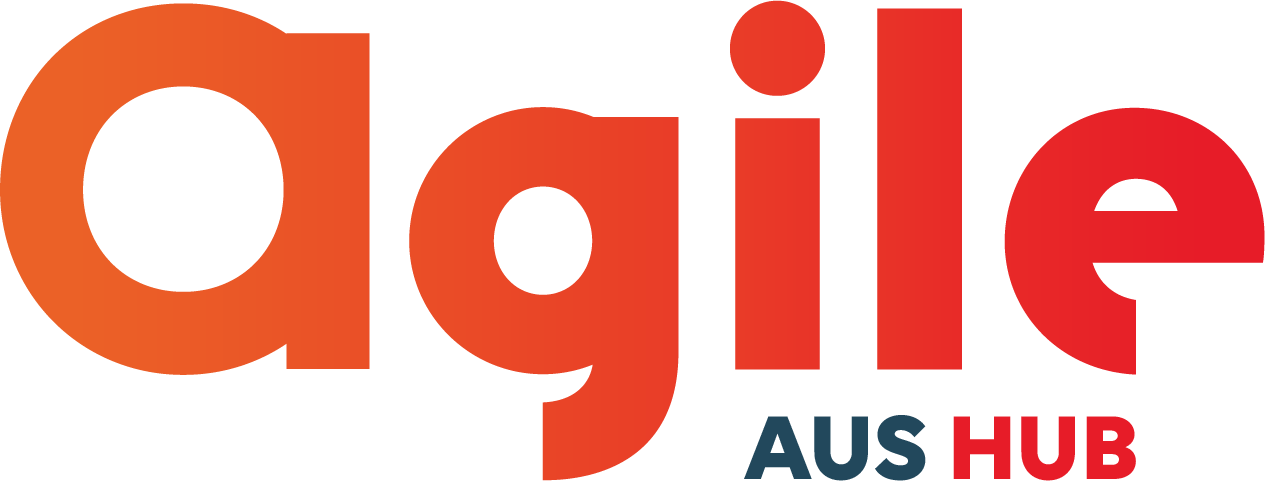Lean PMO: Explore vs Exploit
International speaker, consultant and author Barry O’Reilly returns to the AgileAus blog today. Barry is heading to Australia in December to host Lean Enterprise workshops, and you can also catch him speaking at Agile Australia 2017 (22-23 June 2017 in Sydney – better save the date now!).

The challenge for organizations today is growing the capability to continually adapt, adjust and innovate. To be successful in an ever accelerating environment, organizations need to make continuous innovation a deliberate practice that is integrated into the fabric of the organization. For Lean Enterprises, this begins and ends at their portfolio.
In the last half century the average lifespan of a company listed in the S&P 500 Index of leading US companies has decreased by more than 50 years, from 67 years to just 15 years today. Professor Richard Foster from Yale University estimates that by 2020, more than three-quarters of the S&P 500 will be companies that we have not heard of yet. Since 2002, Google, Amazon, and Netflix have joined the S&P 500, while Kodak, RadioShack, Palm and Compaq have all been forced off, essentially by changing technology. General Electric is the only company that’s remained on the S&P Index since it started in 1926. Why? Simple. They have managed to constantly evolve.
In the future two types of organizations will remain. Those that continue ‘as is’ once they have found a business model or product fit by optimizing for that specific market. Their strategy will be efficiency and optimization to harvest as much profit as possible for a 5-10 year horizon. The trade-off will be their ability to adapt to change. When the industry business model changes, their business will slowly collapse.

In contrast, Lean Enterprises are companies designed to operate in an environment of continual change and on-going evolution. They develop a capability to adapt and evolve to meet new market opportunities and threats. They will survive for longer because their structure, strategies and processes support the continual search for new business models, products and services. Once identified they rapidly maximise and scale opportunities while embracing the creative destruction of their own portfolio before another competitor does.
Explore and Exploit: two competing organizational dynamics
Almost by definition, an enterprise’s primary business models are based on known and well-understood product or services offerings. Existing business models have been proven, and the domain in which they exist is well-understood. The primary role of business functions is to execute these business models, with the goal of incrementally improving efficiency over time to out-compete. Plans, processes and measures can be put into place to optimize and monitor the performance and health of the products and services offered. Forecasts are regularly created for capacity, revenue, growth and sales. Targets can be based on understood data accumulated and analyzed over time with a reasonable level of confidence.
When operating in the new economy, simply trying to improve existing initiatives and optimize efficiency is not enough to provide long term sustainability. Organizations need to be continually in search of new opportunities to stay relevant. Explore is fundamentally a different operating environment compared to Exploit. Organizations need to to leverage new technologies, customer insights and emerging trends to unearth new business models, products and services their customers and users desire.
Typically, existing organizational structures, strategies and processes for executing initiatives simply do not work in an exploratory context.For example, measuring return on investment during explore phases makes little sense and provides little insight as you are typically investing to reduce the uncertainty of building the wrong thing. Few new business models or products generate large revenue in the beginning hence will also fail to measure up to more mature initiatives that are in an exploit phase or later.

There is a necessary tension between explore and exploit. In particular, as Clayton M. Christensen in The Innovator’s Dilemma brilliantly captures, successful enterprises win or lose on execution and thus tend to squash exploration in favour of harvesting a known working business model, product or service.
Exploring new opportunities and exploiting existing ones are fundamentally different strategies requiring difference structure, competencies, processes, and mindset. It is hard to overemphasize the key point: management practices that are effective in the exploit domain will lead to failure if applied to exploring new opportunities – and vice versa. The differences between the two domains are listed below:

Conclusion
A key goal of successful portfolio management in the enterprise is understanding how to balance exploring new business with exploiting proven existing business models – and how to transition businesses successfully between these domains. Leaders must understand the difference between these domains and be able to design, implement and operationalize the required mindset, strategies and people that govern them. If it’s fallen to the CEO to manage, the organization has not built the capability and will struggle to continually evolve.
You now have two chances to learn from the co-author of Lean Enterprise: How High Performance Organization Innovation At Scale – Barry O’Reilly is visiting Australia this December for a workshop series, and will also return for Agile Australia 2017 as a speaker and workshop leader. Barry’s ‘Lean Enterprise’ workshops will take place in Sydney, Melbourne and Adelaide in December 2016.
References
Lea n Portfolio Management is covered in our book, Lean Enterprise:How High Performance Organization Innovation At Scale
n Portfolio Management is covered in our book, Lean Enterprise:How High Performance Organization Innovation At Scale.
0 Comments

Stay in the loop
To receive updates about AgileAus and be subscribed to the mailing list, send us an email with your first name, last name and email address to signup@agileaustralia.com.au.

0 Comments